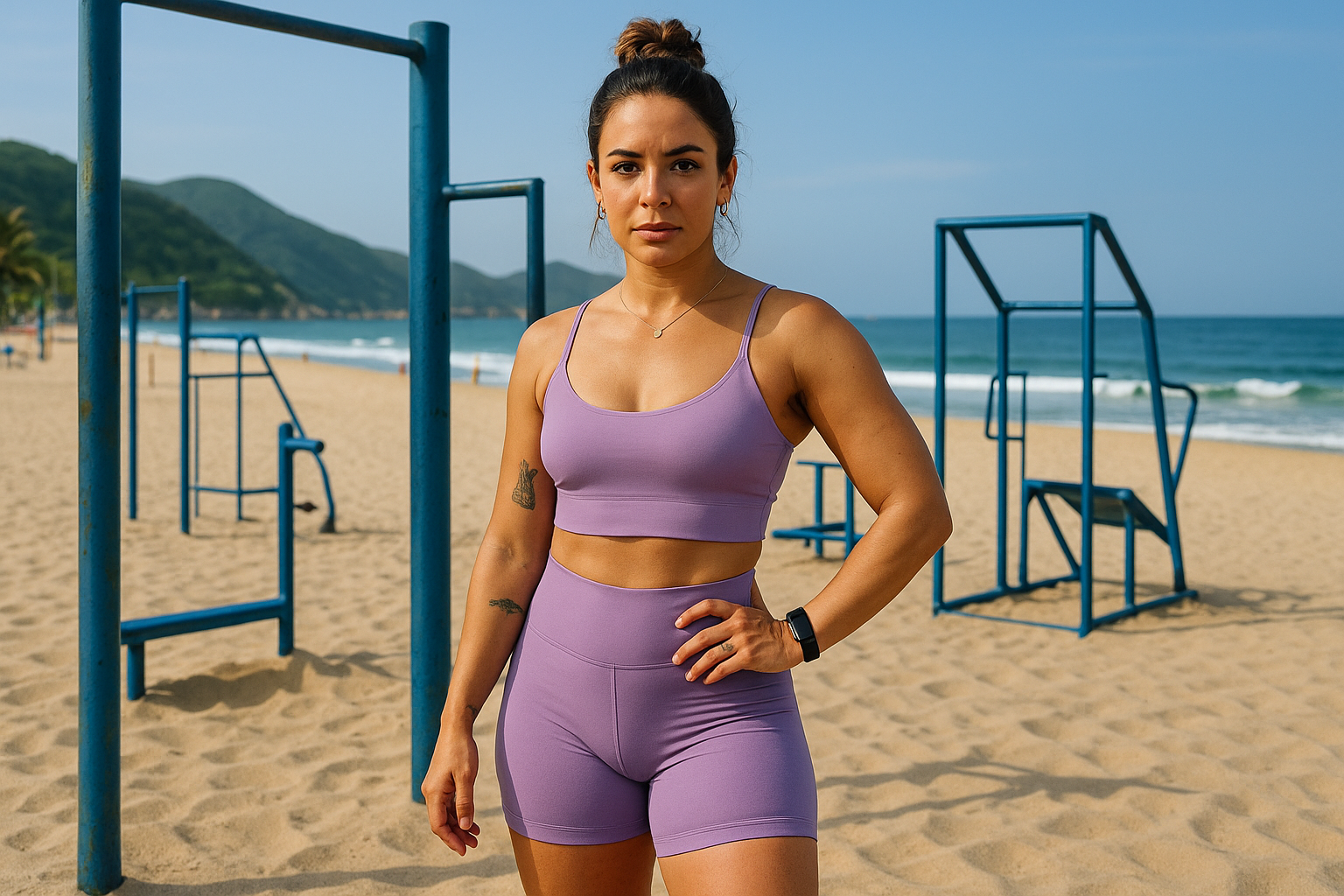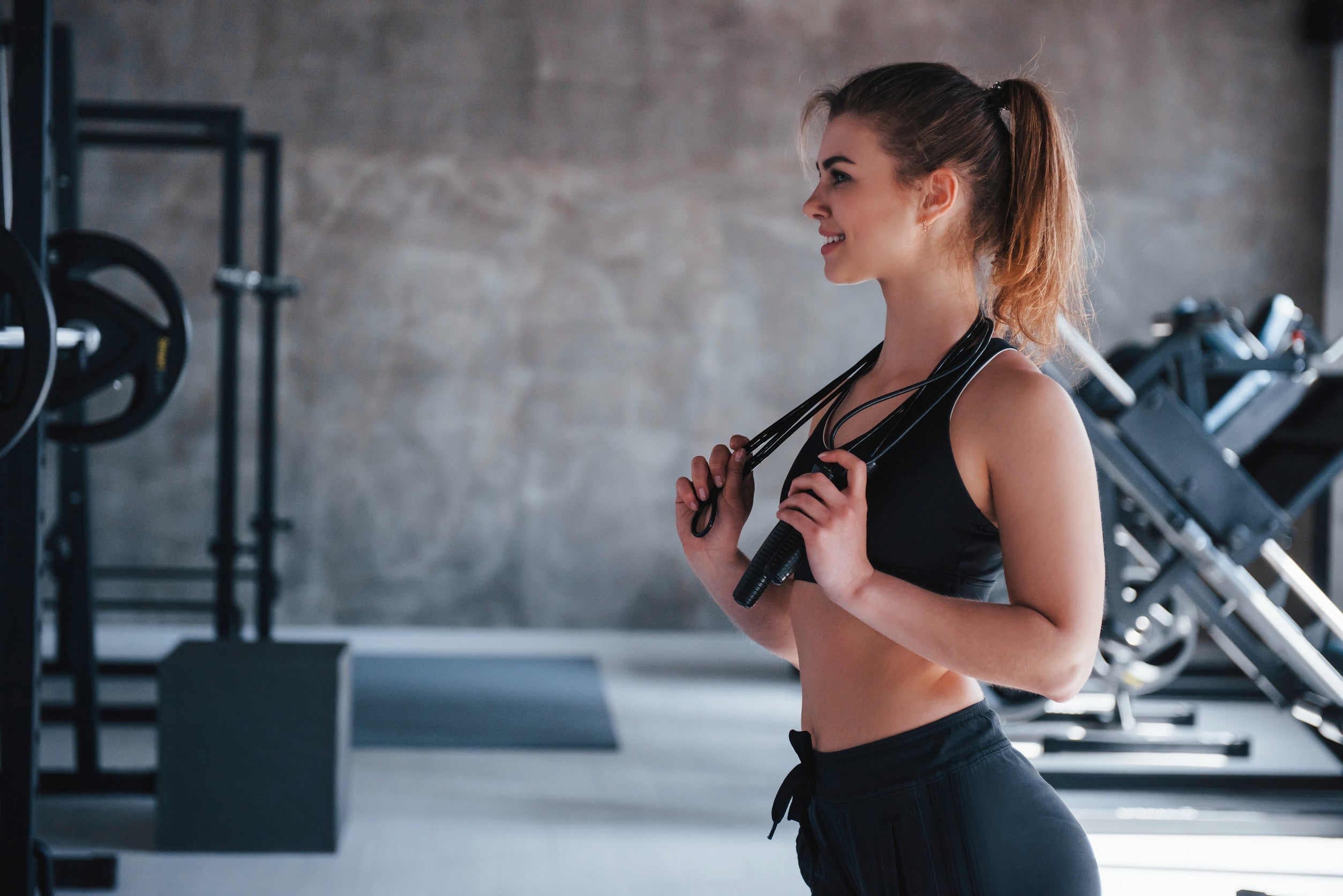Artigo: The 20-20-20 Rule: Strength, Cardio; Stretch in 60 Minutes

The 20-20-20 Rule: Strength, Cardio; Stretch in 60 Minutes
The 20-20-20 Rule: Strength, Cardio & Stretch in 60 Minutes
The BeHer Blog | HEROICA
In a world of complex workout splits and intimidating gym routines, sometimes the best approach is the simplest one. Enter the 20-20-20 rule: a perfectly balanced hour that gives your body everything it needs without overwhelming your schedule or leaving you wondering if you're missing something important.
This isn't about perfection – it's about consistency. It's about creating a sustainable routine that you can stick to whether you're at home, traveling, or squeezing in a workout during your lunch break. Most importantly, it's designed to make you feel strong, energized, and accomplished in just one hour.
Why Balance Matters More Than Intensity
We live in a culture that often glorifies extreme workouts and all-or-nothing approaches to fitness. But here's what years of research and real-world experience have taught us: balanced movement creates lasting results, prevents burnout, and actually makes you stronger than single-focus training.
When you combine strength training, cardiovascular exercise, and stretching in one session, you're addressing all the major components of fitness. Your muscles get stronger, your heart gets healthier, your flexibility improves, and your risk of injury decreases. Plus, you never get bored because you're constantly switching focus.
The magic number of 20 minutes for each component isn't arbitrary. It's long enough to create meaningful change in your body, but short enough to maintain focus and intensity throughout each section.
The Perfect 60-Minute Breakdown
Minutes 1-5: Dynamic Warm-Up Your body needs a proper introduction to movement. This isn't the time for static stretching – save that for later. Instead, focus on movements that gradually increase your heart rate and prepare your joints for action.
- Arm circles and leg swings
- Gentle torso twists and hip circles
- Walking or marching with gradually increasing pace
- Light bodyweight movements like modified jumping jacks
Minutes 6-25: Strength Training (20 minutes) This is where you build the foundation of your fitness. Strong muscles support better posture, higher metabolism, and confidence in daily activities. The key is choosing compound movements that work multiple muscle groups efficiently.
Upper Body Focus (10 minutes):
- Push-ups (modify on knees or against wall as needed)
- Pike push-ups or overhead press
- Tricep dips using a chair or couch
- Plank variations
Lower Body Focus (10 minutes):
- Squats and squat variations
- Lunges (forward, reverse, or lateral)
- Single-leg deadlifts or glute bridges
- Calf raises
The beauty of bodyweight training is that it meets you where you are. Beginners can focus on form and controlled movements, while advanced exercisers can add speed, range of motion, or single-limb variations.
Minutes 26-45: Cardiovascular Training (20 minutes) Cardio doesn't have to mean running until you can't breathe. The goal is to elevate your heart rate while still being able to maintain good form and breathe rhythmically. This is about building your cardiovascular system, not punishing it.
Low-Impact Options:
- Marching or step-touches with arm movements
- Modified jumping jacks or step-jacks
- Standing dance movements
- Chair-supported exercises
Higher-Impact Options:
- Jumping jacks, burpees, or mountain climbers
- High knees and butt kicks
- Jump squats or plyometric movements
- Running in place or actual running
Remember: the best cardio is the kind you can do consistently. Choose movements that challenge you but don't leave you dreading tomorrow's workout.
Minutes 46-60: Stretching and Mobility (15 minutes) This is your reward time – and it's just as important as the strength and cardio portions. Stretching helps your muscles recover, improves flexibility, and signals to your nervous system that it's time to shift into recovery mode.
Focus Areas:
- Hip flexors and hamstrings (from all that sitting we do)
- Shoulders and chest (counteract rounded posture)
- Spine mobility (twists and gentle backbends)
- Calves and ankles (often forgotten but crucial)
Hold each stretch for 30-60 seconds and breathe deeply. This isn't about forcing your body into positions – it's about gentle, sustained lengthening that feels good.
Modifications for Every Fitness Level
Beginner Modifications:
- Use lighter movements and focus on form over speed
- Take longer rest periods between exercises
- Replace jumping movements with stepping alternatives
- Hold stretches for shorter periods (15-30 seconds)
Intermediate Progressions:
- Add resistance bands or light weights to strength moves
- Increase the pace of cardio intervals
- Try single-limb variations of familiar exercises
- Hold stretches longer and explore deeper ranges of motion
Advanced Challenges:
- Add plyometric elements to strength training
- Create cardio circuits with minimal rest
- Incorporate balance challenges and unstable surfaces
- Add advanced yoga poses or deeper stretching sequences
Making It Work in Real Life
The 20-20-20 rule is designed for real life, not just ideal circumstances. Here's how to adapt it to your actual schedule:
Short on Time? Do 10-10-10 for a 30-minute version, or choose just two components for a 40-minute workout.
Limited Space? Every movement can be modified for small spaces. Focus on vertical movements rather than lateral ones.
No Equipment? This routine is designed to work with just your body weight. Your HEROICA activewear is all the equipment you need.
Low Energy Days? Reduce intensity but maintain the structure. Gentle movement is always better than no movement.
Tracking Your Progress
Progress in balanced training looks different than progress in specialized programs. Instead of just tracking how much weight you can lift or how fast you can run, pay attention to:
- How you feel throughout the day after your workouts
- Improvements in everyday activities (carrying groceries, climbing stairs)
- Better sleep quality and energy levels
- Increased confidence in your body's capabilities
- Consistency in showing up for yourself
Your 20-20-20 Challenge
Ready to try balanced training? Commit to the 20-20-20 rule for two weeks. Notice how your body responds to this comprehensive approach. Many people find that balanced training leaves them feeling more energized and less depleted than intense, single-focus workouts.
Document your journey and share it with the HEROICA community using #HEROICA202020. We love seeing how our community members make fitness work for their real lives, not the other way around.
Because being heroic isn't about pushing yourself to extremes – it's about showing up consistently and giving your body what it needs to thrive. And sometimes, that perfect balance can be found in three simple twenties.




Deixar comentário
Este site é protegido por hCaptcha e a Política de privacidade e os Termos de serviço do hCaptcha se aplicam.